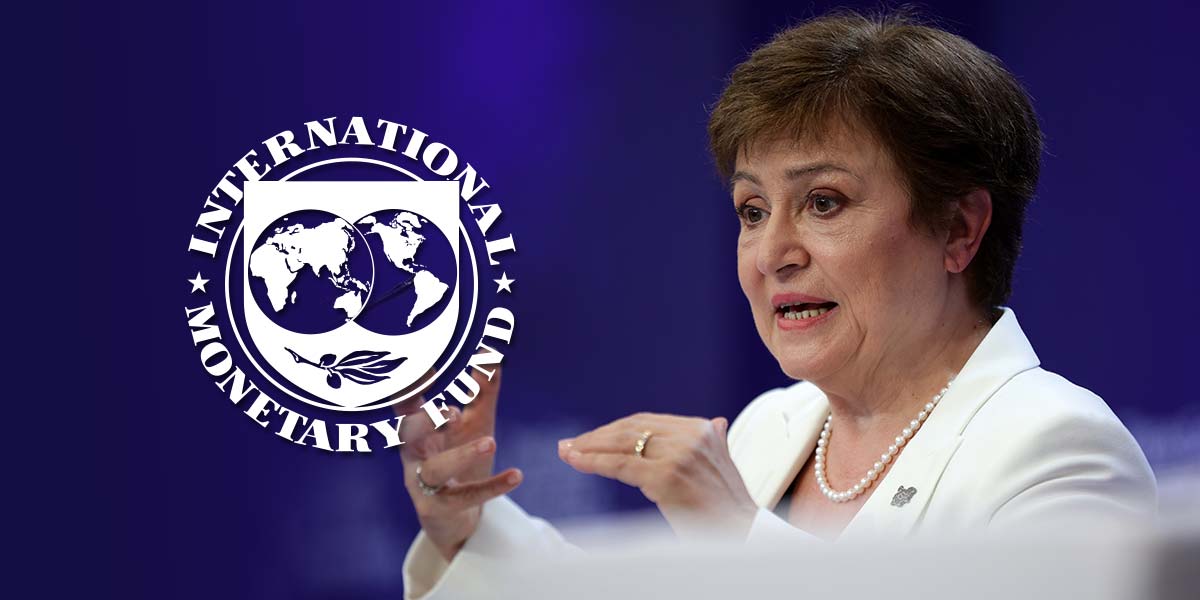The U.S. Federal Reserve may consider additional interest rate reductions before the end of the year, but it faces the challenging task of balancing softer economic expansion against persistent inflation, according to Kristalina Georgieva, managing director of the International Monetary Fund.
Speaking to Reuters, Georgieva noted the robustness of the U.S. economy, which recorded annualized growth of 3.8% in the second quarter—exceeding market forecasts. While consumer spending has remained buoyant, signals from the labor market suggest hiring gains may be moderating.
Georgieva stated in an interview that the economic landscape remains ambiguous, and with disinflation seemingly plateauing and the economy showing signs of cooling, precise policy decisions by the Fed are crucial at this stage.
Last month, the Federal Reserve implemented a 25-basis-point reduction in its policy rate, a move Chair Jerome Powell presented as maintaining restrictive conditions to curb inflation, while cautiously opening the door for further stimulus amidst concerns about future labor market weakness.
Georgieva noted that the IMF is closely monitoring the evolving economic indicators. She expressed concern that the outlook for U.S. inflation could worsen if stubbornly high services inflation—still lingering about 1% above pre-pandemic levels—intensifies as a result of pass-through from recent tariff increases.
According to Georgieva, the impact of President Donald Trump’s elevated tariffs is not yet fully reflected in consumer prices as many companies had stocked up ahead of the tariff hikes and those with strong profit margins have so far absorbed much of the cost.
Currently, the trade-weighted U.S. tariff rate stands at 17.5%, below the 23% projected earlier in April, with the actual collected tariff rate under 10%. However, she cautioned that these trends could reverse, as profit margins shrink and some firms become increasingly reluctant or unable to absorb higher costs.
The situation is particularly critical for the lower-end consumer goods sector, where shifts in buyer behavior could emerge if costs rise further. The managing director stated the IMF needs to continue cautiously as the story is still unfolding.
Georgieva also observed that Trump’s tariff hikes mark a sharp departure from decades of low U.S. trade barriers and a global trend toward tariff reductions. The resulting shift, she explained, has spurred a more multi-polar economic environment, with countries seeking deeper regional partnerships and new trade groupings.
This new landscape, Georgieva suggested, is unlikely to revert to previous dynamics, even if current tensions ease. She pointed to regions such as ASEAN, the Gulf, and parts of Africa as having significant potential for increased regional integration in both trade and financial services.





